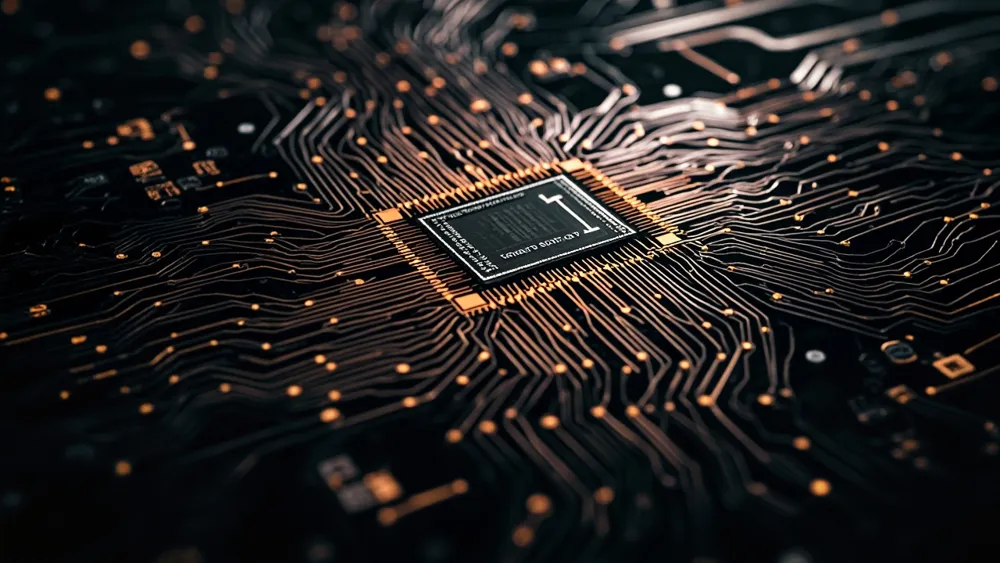AI Chip Design: Automating the Semiconductor Landscape

In a bold move that underscores the increasing convergence of artificial intelligence and semiconductor technologies, the launch of the world’s first fully automated design system for hardware and software, termed "启蒙" (Qimen), is poised to redefine the tech landscape. By enabling AI to autonomously create processor designs, this innovation not only streamlines the development process but also significantly reduces the time and resources required for hardware creation. As we stand on the brink of an AI-driven era, such advancements herald a potential paradigm shift tailored for efficiency, cost-effectiveness, and creativity in hardware design.
The implications of the启蒙 system extend beyond mere speed in development. By integrating neural processing units (NPUs) into design workflows, companies can achieve unprecedented levels of customization and performance optimization for specific applications. This innovation could disrupt traditional semiconductor manufacturing methods, which are often labor-intensive and reliant on human expertise. Furthermore, it positions the company at the forefront of the competitive landscape, likely compelling rivals to rapidly advance their own AI capabilities or risk obsolescence. As 5G technology continues to roll out, the demand for specialized chips that can handle low-latency networking will only grow, and an automated design capability could address these market needs adeptly.
However, this disruptive technology does not come without risks. The reliance on AI for hardware design raises important questions about quality assurance and the potential for unforeseen design flaws, which could have significant repercussions in critical applications ranging from consumer electronics to automotive systems. Moreover, the financial implications for investors and high-stakes competition among tech giants raise the stakes further, as rushing to adopt these technologies may foster a herd mentality that overlooks thorough vetting processes. As we progress, a critical assessment will be necessary to balance innovation with reliability, especially as we witness the broader transition towards AI-centric ecosystems.
Read These Next

Black Cat Slams Greene Hotel Over Hygiene and Odor Issues
The Black Cat Complaints Platform revealed in May 2025 nearly 26.42M consumer complaints, highlighting service industry issues.

The Kissing Number Problem: Unraveling Dimensions Through Computation
An overview of the Kissing Number Problem and its modern implications in mathematics and technology, touching on recent developments and their potential applications.

GAC's First Mass-Produced Flying Car Launches in Hong Kong
GAC Group is set to debut its first mass-produced flying car at the Hong Kong International Auto and Supply Chain Expo, showcasing significant advances in transportation technology.
